Related Research Articles
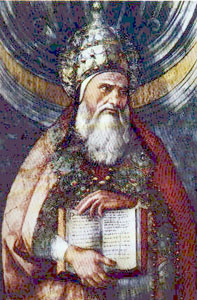
Pius I was the bishop of Rome from c. 140 to his death c. 154, according to the Annuario Pontificio. His dates are listed as 142 or 146 to 157 or 161, respectively. He is considered to have opposed both the Valentinians and Gnostics during his papacy. He is considered a saint by the Catholic Church with a feast day in 11 July, but it is unclear if he died as a martyr.

Pope Stephen I was the Bishop of Rome from 12 May 254 to his death on 2 August 257. He was later canonized as a saint and some accounts say he was killed while celebrating Mass.
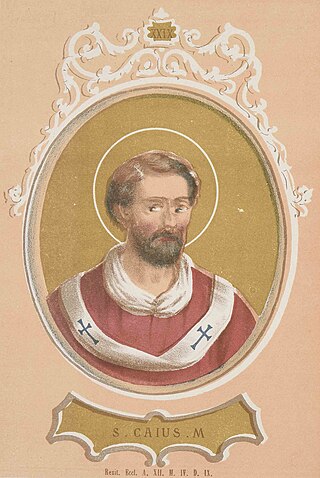
Pope Caius, also called Gaius, was the bishop of Rome from 17 December 283 to his death in 296. Little information on Caius is available except that given by the Liber Pontificalis, which relies on a legendary account of the martyrdom of Susanna of Rome for its information. According to legend, Caius baptized the men and women who had been converted by Tiburtius and Castulus. His legend states that Caius took refuge in the catacombs of Rome and died a martyr.

Saint Publius was a 1st century Maltese Christian bishop and saint. He is considered the first Bishop of Malta and one of the first Bishops of Athens.

Cassian, or Saint Cassian of Imola, or Cassius was a Christian saint of the 4th century. His feast day is August 13.
Saint Fructuosus of Tarragona was a Christian saint, bishop and martyr. His is an important name in the early history of Christianity in Hispania. He was bishop of Tarragona and was arrested during the persecutions of Christians under the Roman Emperor Valerian. Along with him were two deacons, St. Augurius and St. Eulogius. In 259, he was questioned by the praeses Aemilianus and burned at the stake in the local amphitheatre in Tarraco. The Acta of the martyrdom of the bishop Fructuosus and his deacons Augurius and Eulogius document his legend; they are the earliest Hispanic Acta, "marked by a realistic simplicity which contrasts very favourably with many of the Acta of Diocletian's persecution".

Peter Chrysologus was Bishop of Ravenna from about 433 until his death. He is known as the "Doctor of Homilies" for the concise but theologically rich reflections he delivered during his time as the Bishop of Ravenna.
Cyricus and his mother Julitta are venerated as early Christian martyrs. According to traditional stories, they were put to death at Tarsus in AD 304.

Nabor and Felix were Christian martyrs thought to have been killed during the Great Persecution under the Roman emperor Diocletian. A tomb in Milan is believed to contain their relics.
In addition to Quadratus of Athens, there are several Christian saints with the name Quadratus :
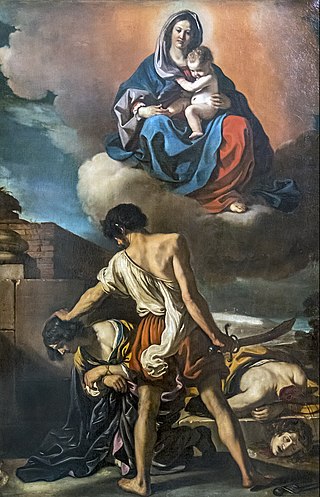
John and Paul are saints who lived during the fourth century in the Roman Empire. They were martyred at Rome on 26 June. The year of their martyrdom is uncertain according to their Acts; it occurred under Julian the Apostate (361–363).

Saint Proculus (Proclus) of Pozzuoli was martyred around 305 AD, according to Christian tradition, at the same time as Saint Januarius.
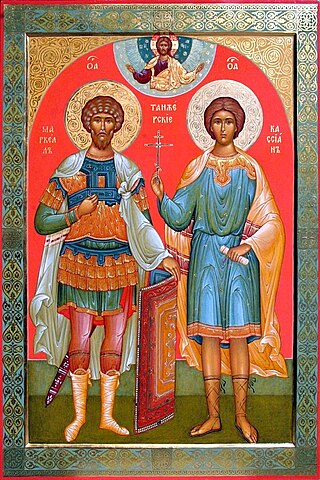
Saint Marcellus of Tangier or Saint Marcellus the Centurion was a Roman centurion who is today venerated as a martyr-saint in both the Eastern Orthodox and the Catholic Church. His feast day is celebrated on October 30.
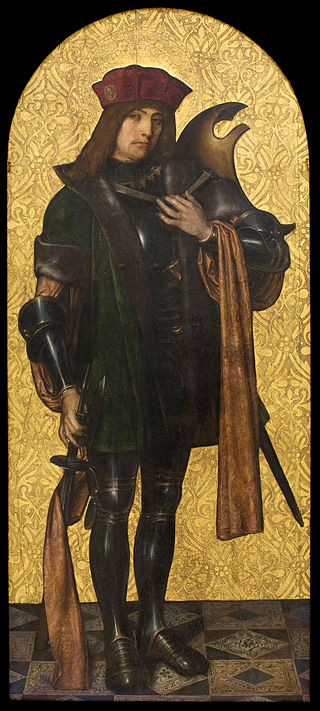
Candidus was a commander of the Theban Legion. The Theban Legion was composed of Christians from Upper Egypt. He is venerated as a Christian saint and martyr.

Saint Narcissus of Jerusalem was an early patriarch of Jerusalem. He is venerated as a saint by both the Western and Eastern Churches. In the Roman Catholic Church, his feast day is celebrated on October 29, while in the Eastern Orthodox Church it is celebrated on August 7.
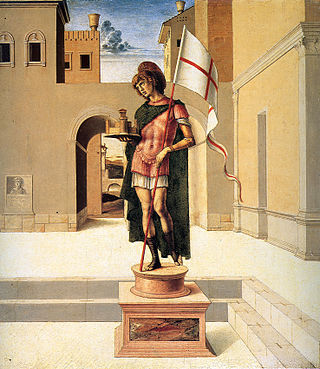
Saint Terence is the patron saint of Pesaro. According to tradition, he was from Pannonia and fled to the Adriatic coast to escape the persecution of Christians under Decius. His corpse was eventually thrown into a gorge near some hot springs, near Pesaro. The place of his martyrdom was considered to be the area called the Apsella di Montelabbate, near the Abbey of San Tomaso in Foglia. This area contains sulphurous springs, and locally they are called the l'Acqua di S. Terenzio.
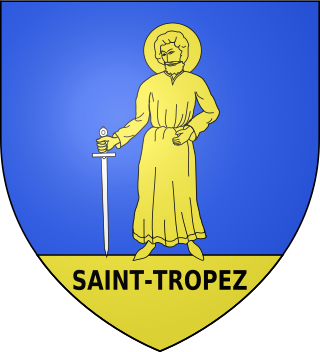
Torpes of Pisa is venerated as an early Christian martyr. The town of Saint-Tropez, France, is named after him. His legend states that he was martyred during the persecutions of Nero. Most of the accounts about him are considered unreliable. Nothing else is known about his life. He is first mentioned in sources dating from the 9th century.
Astius is a 2nd-century Christian martyr venerated by the Roman Catholic and Eastern Orthodox churches. He was the bishop of Dyrrhachium.
Luperculus is venerated as a saint by the Roman Catholic Church. Christian tradition states that he was a bishop of Eauze and was martyred by the governor Dacian during the reign of Decius. He was traditionally the second in that episcopal see, the first bishop being Paternus.
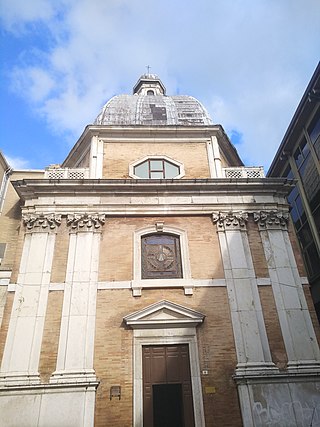
The Municipal Chapel of Sant'Ubaldo is a Baroque-style, small octagonal Roman Catholic church located on Largo Mamiani 1, in central Pesaro, region of Marche, Italy.
References
- ↑ saintt0w.htm Archived 2007-12-03 at the Wayback Machine
- ↑ Saints' Names (boys S–Z) & Their Meanings – Good News Ministries Online
- ↑ saintt0y.htm Archived 2007-12-03 at the Wayback Machine
- ↑ San Terenzio e compagni
- ↑ San Terenzio di Imola